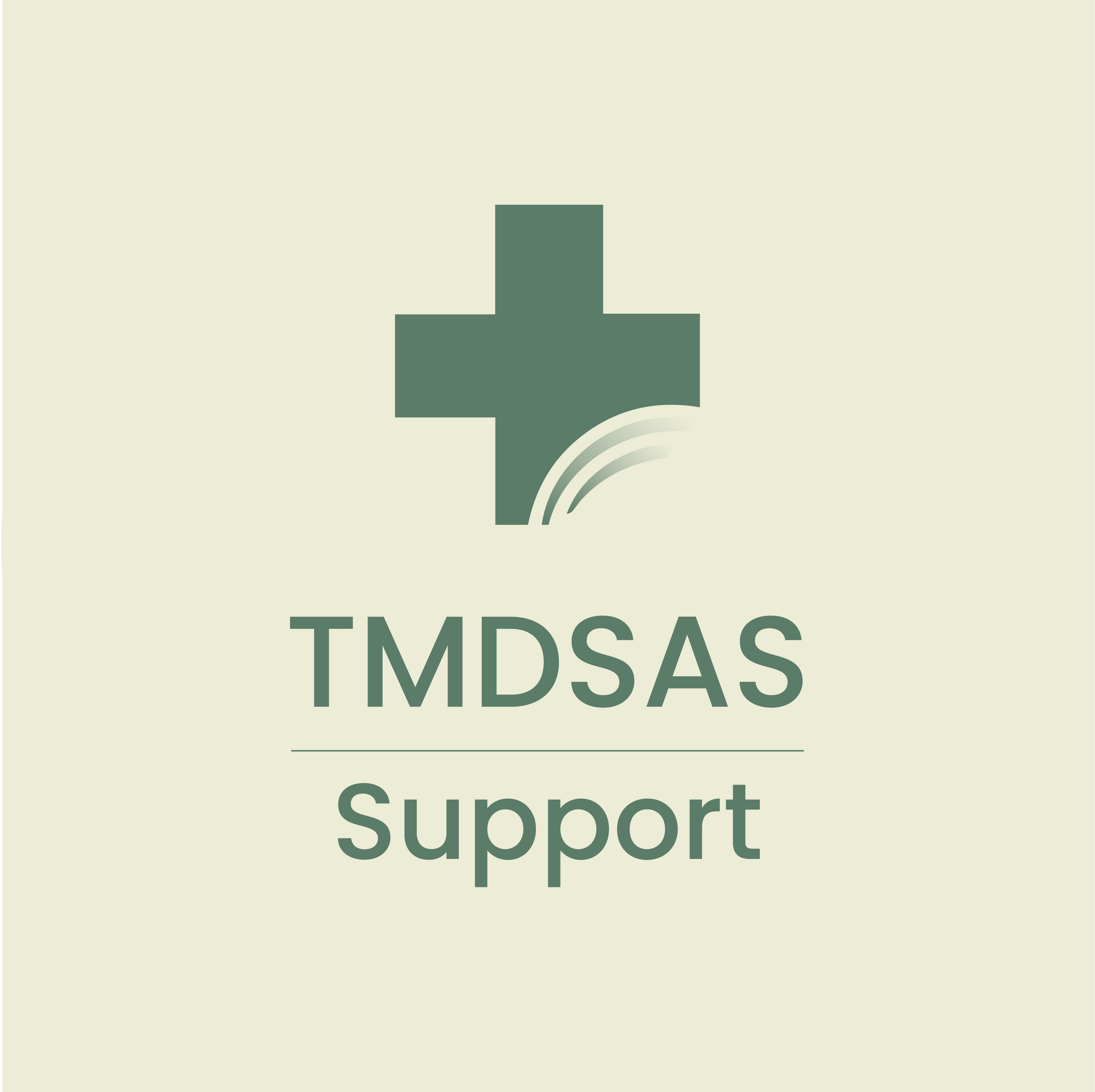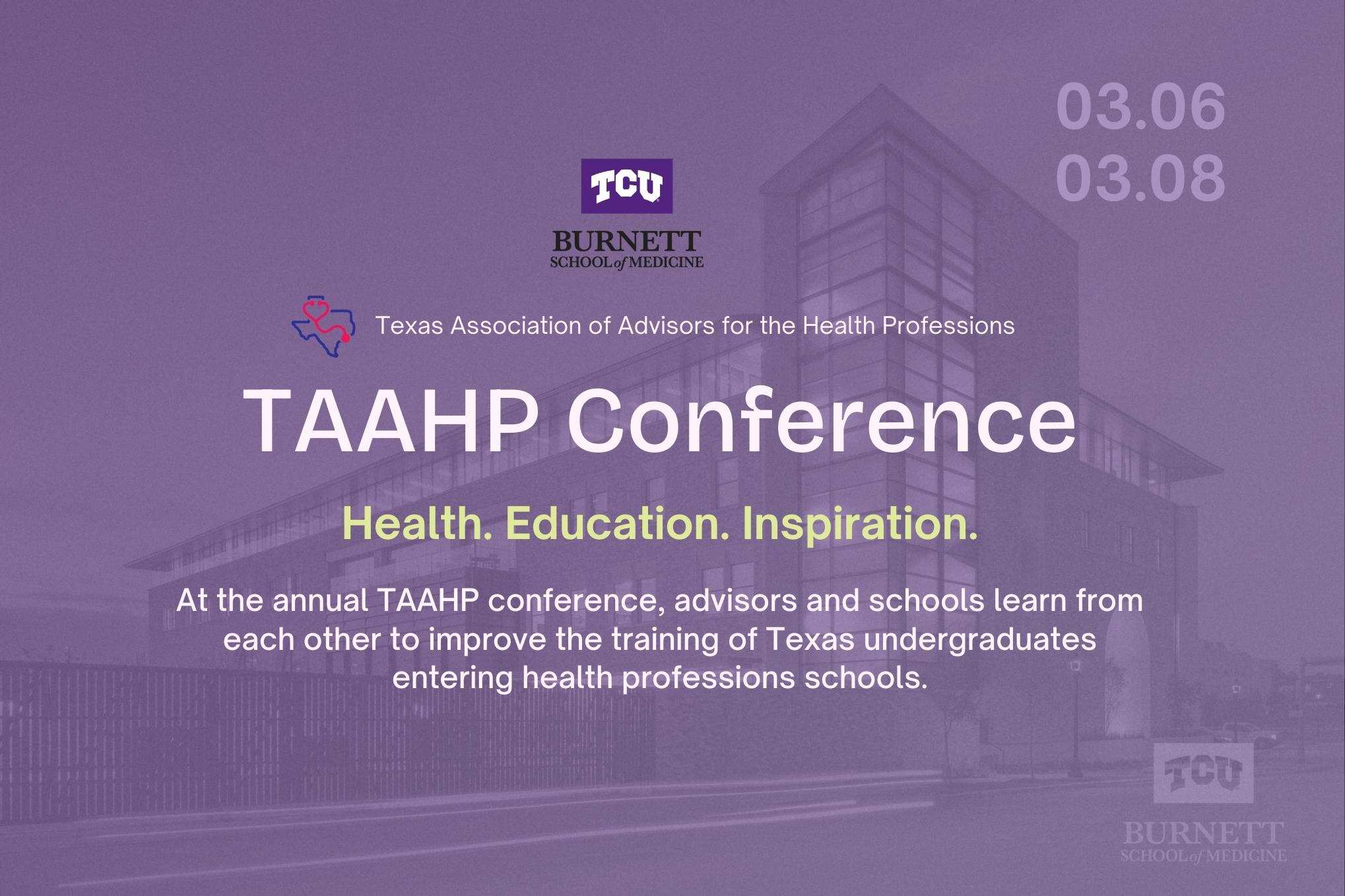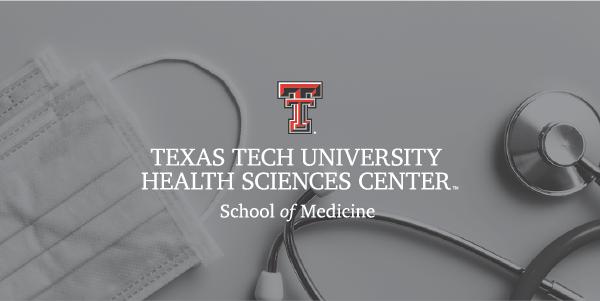Ask Me Anything: Answers From Applicant Liaison Breanna (Part II)
Welcome to the second part of the four-part series recapping September’s live Q&A Office Hour: AMA with Applicant Liaison Breanna. Let’s dive into the most popular topic for applicant questions: coursework!
Like other applicants who have come before you, you will most likely have questions
as you work to complete the various sections of the application. I’m willing to bet
that a large chunk of those questions center around the topic of entering coursework.
Here are the answers to the top coursework questions TMDSAS has received this year:
How do I determine if a course meets the prerequisite requirements?
This is a very common question. Check the course listings on the TMDSAS website (Course Listings (tmdsas.com) Search for your college or university and you will see a list of courses that have
been previously approved to meet requirements for TMDSAS schools.
You will want to speak with your pre-health advisor before signing up for any planned
coursework.
If there is no course listing for my school, how do you verify if it’s a prerequisite?
Do you make this up?
I promise you, the only thing liaisons are making up are cool office nicknames for
each other. (I’m “the Bre-Dozer” in case you were wondering.) If there is no course
listing for your university, then you will use your best judgement. When in doubt, you
can consult your school’s degree requirements for the Bachelor of Science degree in Biology
(usually found on your school’s website.)
Will I be disqualified if I enter my course coding incorrectly?
Let’s set the record straight; there is no such thing as being “disqualified” with
your TMDSAS application. Don’t worry if you enter a course coding incorrectly. Your
liaison will look over your coursework when processing your application and code courses
accordingly.
Should I leave out future coursework since I don’t yet know what I’m taking next semester?
I can see why you might think so, but the answer is no. You still want to include a course placeholder, which can be updated later when
you register for classes. All you need to do under the [Planned Coursework] section
of the application is add a course you think you'll take, or you can simply put the
word “Placeholder” for the name of the course. If you input courses for all terms
listed within your [Terms Attended] section of the application, then you are good
to go!
See page 29 of the Guide https://tmdsas.com/application-guide/
Why could my GPA calculation be different than what I am getting?
This is a very important question with an even more important answer. Your TMDSAS
GPA is calculated slightly different from your institution. Grades become standardized
as they are entered into the application, meaning that the application system will
convert the grade to a TMDSAS Grade. The TMDSAS grading system standardizes the grades
to be used in the GPA calculation and to be reported to the medical, dental, or veterinary
schools. This means (+/-) grades will not be factored into the GPA, but should be
recorded, again only if indicated on the official transcript.
So to summarize: TMDSAS calculates the flat grade, even if a +/- is indicated on your
transcript. Coursework policies are listed on page 28 of the Guide: https://tmdsas.com/application-guide/
I used the Guide, and it says units need to be converted to credit hours. I entered
my coursework and was told they were too high. How do I know how to enter my hours?
No need to fret, just look at your official transcript! Most schools will list both
the credit hours and the grade points earned (GPA hours) but you will only need to
use the credit hours. If most of your lecture hours are between 3-5 hours, your school likely does not
use a conversion.
Some schools grant credits as course units. If your grades are reported as units, you will need to convert them into either
semester or quarter hours. The back of your transcript should have this conversion.
If not, contact your Registrar's Office for the conversion.
If you see a special note on your school’s course listing, please follow those conversion
instructions. (e.g., Austin College, Duke University, NW University—1 unit = 4 hours)
I know I need to re-take my pre-reqs in the U.S. since I took them in a foreign country,
but can my foreign courses count toward the 90-hour requirement?
Foreign coursework does not count toward the 90-hour requirement. However, you will
still list in application all of the coursework taken at any institution. The schools
are able to view that information when reviewing your application.
My transcript says I took study abroad in Australia and has “Study Abroad: 12 credits”.
How do I enter this on my application?
There are three different scenarios into which most, if not all, study abroad coursework
falls. For this specific scenario, the lump sum credits cannot be entered into the
application, which means that you will need to either A.) acquire a registrar’s letter
and/or new transcript from your U.S. institution that lists the individual course
credits, or B.) obtain the study abroad university transcript that lists the credits
and then input the courses into your application under the foreign university. If
the sponsoring school is different than your home institution, such as Arcadia University,
University of Minnesota Danish Institutes of Study Abroad, or International Studies
Abroad (IES), you must list this school instead.
For more information on the three different scenarios for entering study abroad coursework,
consult Appendix F in the TMDSAS Application Guide.
I’m a non-traditional applicant. Do y’all accept coursework from 2010?
I can answer this question with a quick and easy YES. Though, let it be known you
may want to check with the individual dental, medical, or veterinary schools if you
have prerequisite coursework that was taken a very long time ago. (FYI: We’ve seen
coursework from the 1970s. Never stop learning, trying, and achieving your goals,
folks! )
I hope I've answered your questions about coursework, but if you need additional guidance
please reach out to us at info@tmdsas.com.
There are many more questions where these came from, so keep your eyes peeled for
part three of this four-part series, where I will leap head-first into questions
about your PCR.

About the author: Breanna L. Bietz is an applicant liaison and resource development specialist at TMDSAS. She contributes to the development of resources for applicants and serves as an editor of the Inside Health Education Newsroom as well as the TMDSAS Application Guide. Additionally, she serves as a copywriter and curator of the TMDSAS website. Breanna works with the TMDSAS team to educate, prepare, and support applicants prior to the start of the application cycle and processes applications throughout the duration of the cycle. She participates in various outreach efforts, including on-campus or virtual workshops and applicant webinars. Breanna holds a master's degree from the University of New Orleans and a B.A. from the University of South Dakota.

About the author: The TMDSAS Support team is here to help address your questions about how to get through the application to the schools quickly and easily.




